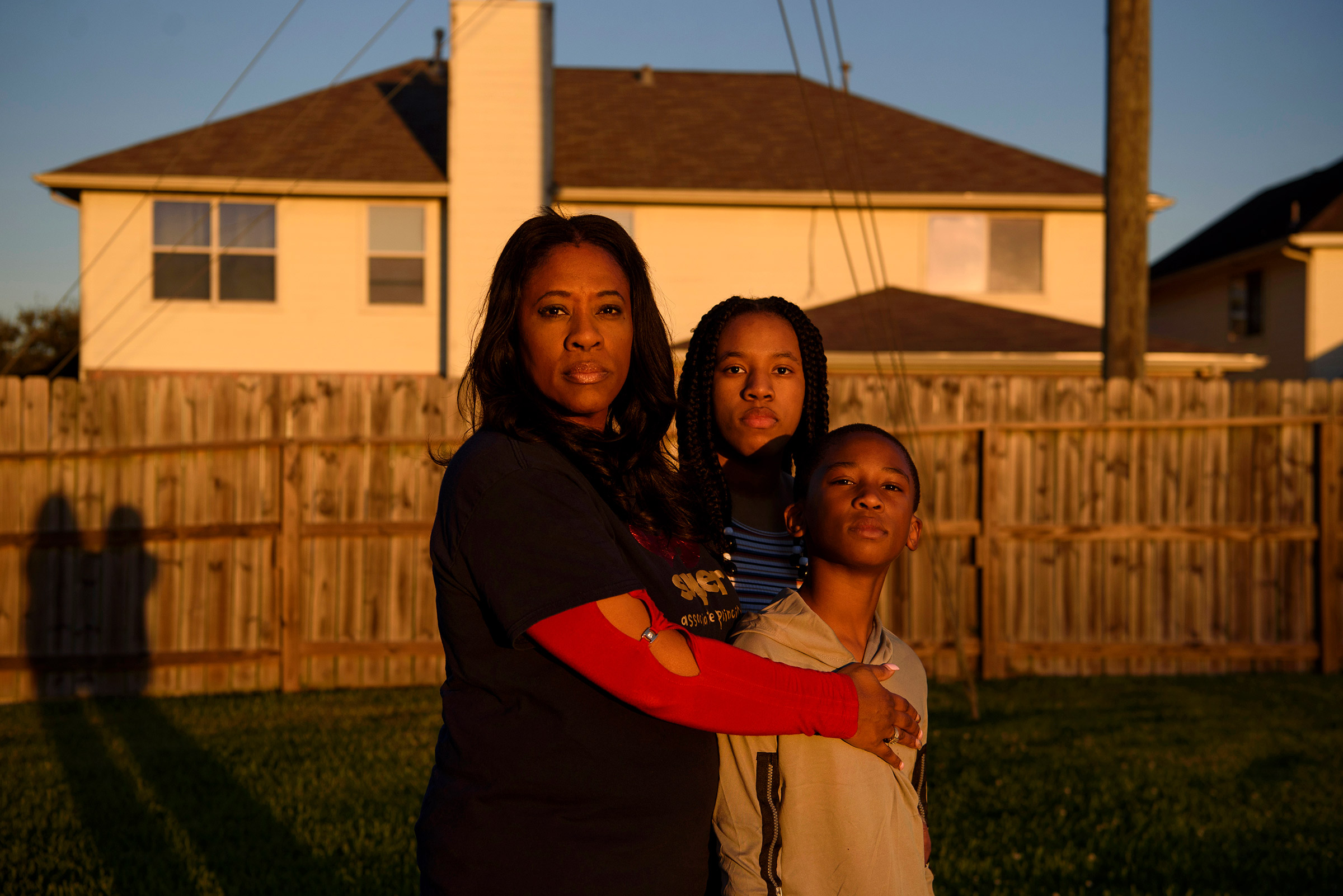
Adin James is only 8 years old, but he has some very strict rules about how the world should work in the age of the pandemic. For starters, there’s the business of avoiding unmasked people.
“They don’t have their masks on,” he’ll say when he sees an uncovered face on the street or in a store. “That’s not right. They’re making other people sick.”
Then there’s the matter of doctors—who might have been trusted once but not anymore. “They lied to me. They told me my dad was gonna be better,” he tells his mother, Ebony James, 50, a principal at a middle school in Fresno, a suburb of Houston.
And then there’s the rule about spraying the room before bed. Ever since Adin’s father Terrence died on Feb. 19, Adin, the youngest of three children, has been sleeping in Ebony’s room. But that was where his father slept—which means that was the room where COVID-19 once lived.
“Is it safe?” Adin will ask. “Is it safe?” And Ebony will promise him that it is, but he won’t believe it until she sprays the room with Lysol. And even then he’s not convinced that his world is not a place of mortal menace.
“It’s almost like he closes the book,” says Ebony. “His face closes. His body language closes. The only thing I can do is just keep getting him counseling because I don’t know what else to do.”
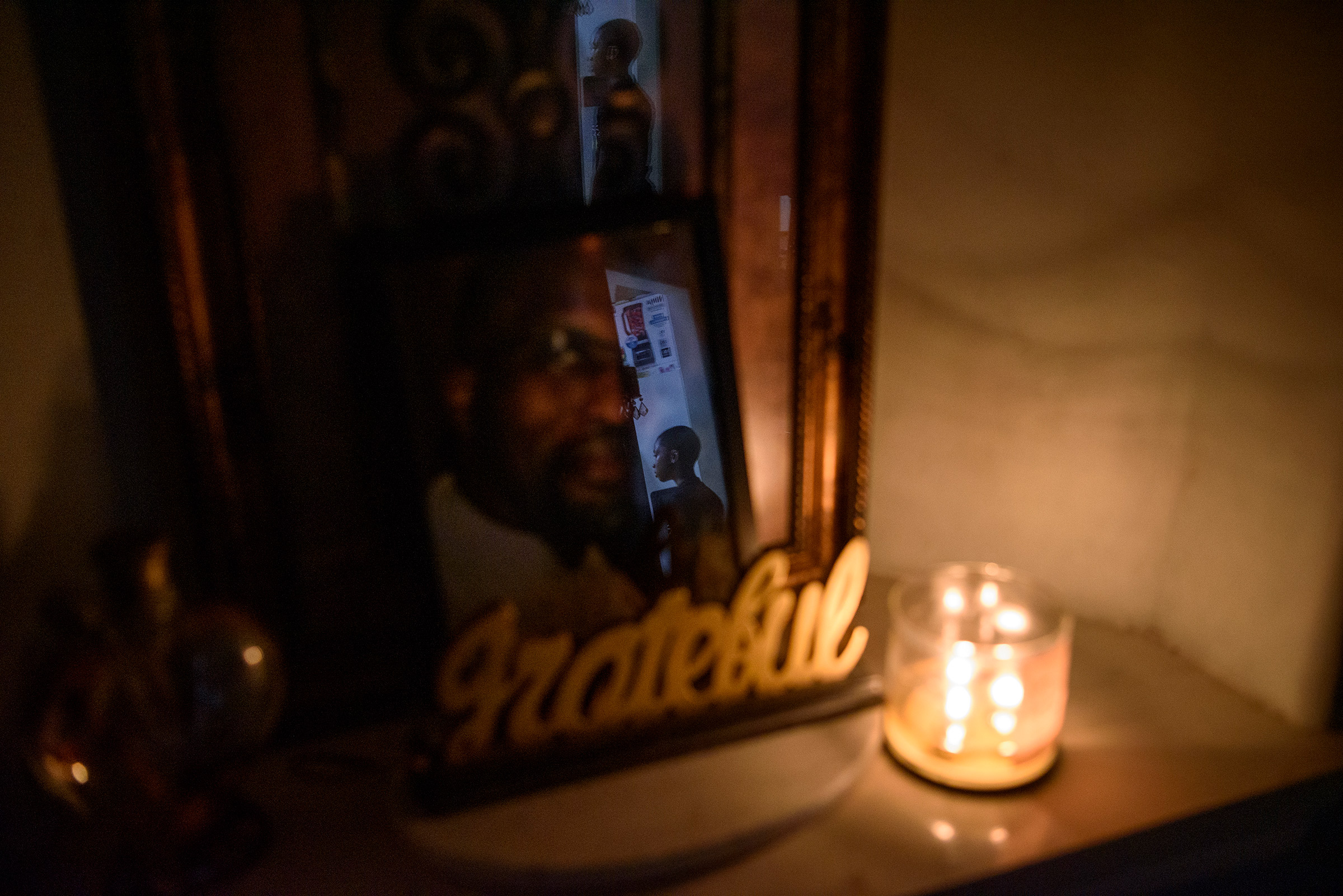
Diana Ordoñez, 35, a life coach in Waldwick, N.J., has noticed similar behaviors in her daughter Mia, 6, ever since she lost her father, Juan, to COVID-19 in April 2020, after a three-week hospital stay. “I told her, ‘Daddy is not coming home.’ And she asked, ‘Did daddy die? Is daddy with God?’ And when I told her yes, the wail that came out of her…” Diana trails off, and in a sense, Mia has too. Since Juan’s death, she’s been quieter and clingier, with a tendency to catastrophize.
“She’ll focus narrowly on the one thing that went wrong,” says Diana. “Even if the day was awesome, it’s the worst day ever. Every time.”

The cost of the COVID-19 pandemic is mostly noted in the people whose lives it has claimed—more than 740,000 in the U.S. alone, and more than 5 million worldwide. But there are the secondary victims, the collateral casualties—the spouses left widowed, the friends left bereft and, perhaps most poignantly, the children left orphaned. According to a survey recently published in Pediatrics—which relied on census data, as well as on publicly available figures on national fertility rates, deaths directly attributable to COVID-19 and excess deaths over the course of the pandemic compared to a similar period before the pandemic—the number of children in the U.S. who have lost at least one parent to COVID-19 now exceeds 120,000. The number who have lost a caregiving grandparent is greater than 22,000. And those figures take into consideration only the period from April 1, 2020 through June 30, 2021—missing the most recent summer surge entirely.
“Any time you have something killing the adult, you’re going to have children left behind who suffer orphanhood,” says Susan Hillis, lead author of the study and a researcher at the U.S. Centers for Disease Control and Prevention (CDC). “It happened in the 1980s with HIV/AIDS, it happened with Ebola and it’s happening now.”
As with so many things, the great orphaning is not hitting all demographic groups equally, with different racial and ethnic groups suffering different levels of death. For every one white American child orphaned, 1.8 Hispanic American children, 2.4 Black Americans and 4.5 Native Americans and Native Alaskans were struck.
“We were already aware that minorities were disproportionately affected by COVID-19 mortality,” says Alexandra Blenkinsop of Imperial College London, a co-author of the Pediatrics paper. “However, we were surprised by the degree to which these inequalities were magnified when looking at children losing their caregivers. Minorities represent only 39% of the U.S. population, so to find 65% of children orphaned were of a racial or ethnic minority group is one of the most profound disparities we’re aware of.”
More from TIME
The causes of that demographic injustice are well known by now: inequality in income and opportunity; higher rates of unemployment in minority communities, which means a lower rate of job-related health insurance; and long-standing and very justifiable mistrust of health care, especially in Black communities, after historical atrocities like the infamous Tuskegee experiment, which inflicted psychic scars on the Black culture that linger today.
In addition, as the Pediatrics paper reports, in the U.S., about 4.5 million children live with a grandparent who’s providing their housing, rather than with their parents, but rates of such grandparent care are twice as high among Black, Hispanic and Asian children. With COVID-19 hitting the elderly far harder than it hits younger adults, the risk is greater that a custodial grandparent will be lost compared to a parent—and when that happens, the authors of the paper wrote, “these children, functionally, face orphanhood a second time.”
Some people foresaw this risk even at the earliest phases of the pandemic. Just as COVID-19 was beginning to have its way with the world, Hillis recalls receiving a crackly WhatsApp call from an NGO worker she knew in Zambia who fretted, “Dr. Hillis, I’m so worried if COVID comes to our country like it’s hitting yours, it’s going to take out all of the grannies, and we will have no one left to take care of the orphans here.” But many grannies—and grandpas—have been claimed in the U.S. as well.
Domestic geography has played a role in the suffering. The hardest-hit states have been New Mexico, Arizona and Tennessee, as well as the District of Columbia, where more than one in 400 children have lost a primary caregiver to COVID-19. But there are larger regional variables at play too. Along the U.S.-Mexico border, up to 67% of all children who lost a parent or caregiving grandparent identify as Hispanic. In Alabama, Louisiana and Mississippi, up to 57% of the COVID-19 orphans identify as Black. In South Dakota, New Mexico, Montana, Oklahoma and Arizona, the majority of COVID-19 orphans are Native American.
The U.S. is not, of course, the only country having to figure out how to care for children whose parents were claimed by COVID-19. A July 2021 study in The Lancet put the number of children worldwide who lost at least one parent to the disease at 1.5 million in just the first 14 months of the pandemic. Consistent with the tendency of SARS-CoV-2, the virus that causes COVID-19, to hit men harder than women, the number of children who lost a father was five times greater than those who lost a mother. But either way, the overall number cited in that July study, terrible as it is, has certainly been eclipsed, with many researchers believing it has since soared more than three-fold.
“What is really shocking is that we’ve just updated those global data…and that number is now an estimated 5 million,” says Hillis.
The emotional and developmental blowback that children suffer after losing a parent can be severe—including lower educational attainment, slower brain development and a higher risk of mental health disorders and substance abuse. And none of this touches the serious risk of socioeconomic suffering as one or both parents supporting the household financially are lost. The peril, again, is especially great for children who were being raised by a grandparent and who, as Blenkinsop observes, have already suffered parental separation and may have experienced household drug or alcohol abuse. When those children lose their remaining caregiver, foster care may be the only option—a poor prospect in a country with a foster system that, according to the study, is already straining under the burden of caring for 400,000 children.
All of these troubling numbers come as we stand at the cusp of winter, facing the possibility of another seasonal surge, and another wave of parental deaths, leaving still more children behind. “As long as there is a pandemic,” says Hillis, “the number of children experiencing COVID-associated orphanhood will grow.”
The Search for Healing
There aren’t a lot of places Elsie Addison goes without her puppy-dog plush toy. It’s a Disney character—Lady, from Lady and the Tramp—but the identity of the dog is not the appeal; Elsie, 3-and-a-half years old, hasn’t even seen the movie. It’s the origin of the dog that matters. Elsie thinks her father, Martin, who died of COVID-19 last spring, gave it to her.
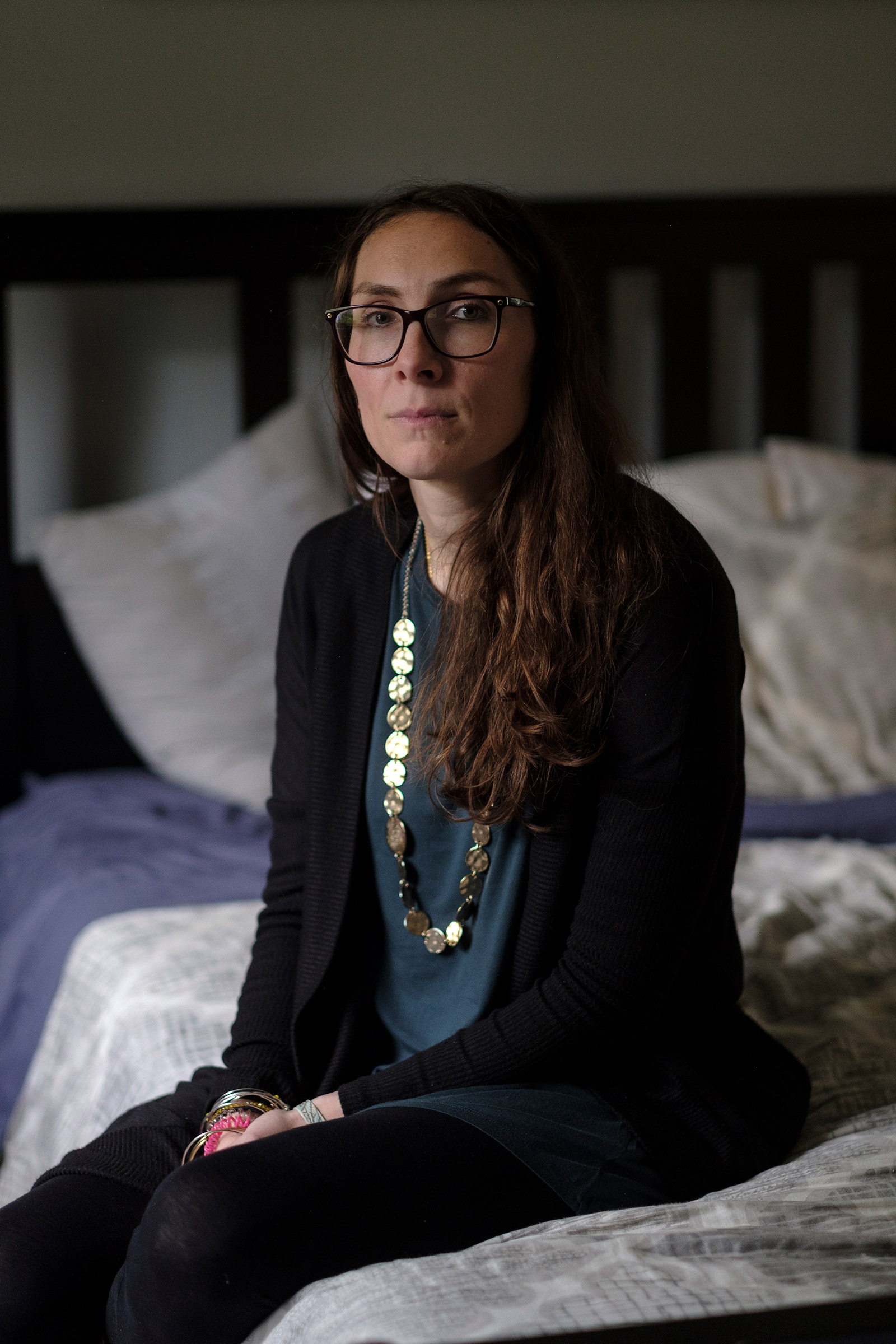
“It came from my sister, actually,” says Elsie’s mother Pamela, 37, a reading teacher in Waldwick, N.J., who is the founder of a Facebook support group for COVID-19 widows and widowers (to which Ordoñez and James also belong). “But because Martin was there, she remembers that it was Papa who gave it to her, and there’s videos of Papa playing with it with her. When she’s missing him, that dog goes everywhere with her.” On a recent morning in the backyard of the family’s home, Lady was firmly held in Elsie’s arms.
Martin died on April 29, 2020, after a five-week illness, not long after his second child, Graeme, who is now 2, was born. There was no way to tell Graeme that he had lost his father, but Elsie was old enough to require an explanation, and Pamela canvassed friends for how best to break the news.
“One person told me I can’t mess it up because she’s only 2,” Pamela says. “So I just told her Papa got sick and he couldn’t get better and he’s now in heaven.”
Elsie immediately stopped eating anything she associated with her father—which was pretty much everything—and would spend long stretches looking lost and sad and staring at nothing at all. She would insist that the lamp in the shape of an owl in her room be left on at all times. It was Papa who turned it off at night, but Papa wasn’t there anymore. Pamela started Elsie in therapy two months after Martin died, and now, 18 months later, Elsie is better able to understand what happened to her family. Today, when she plays fantasy games by herself, they often involve saving someone from dying.
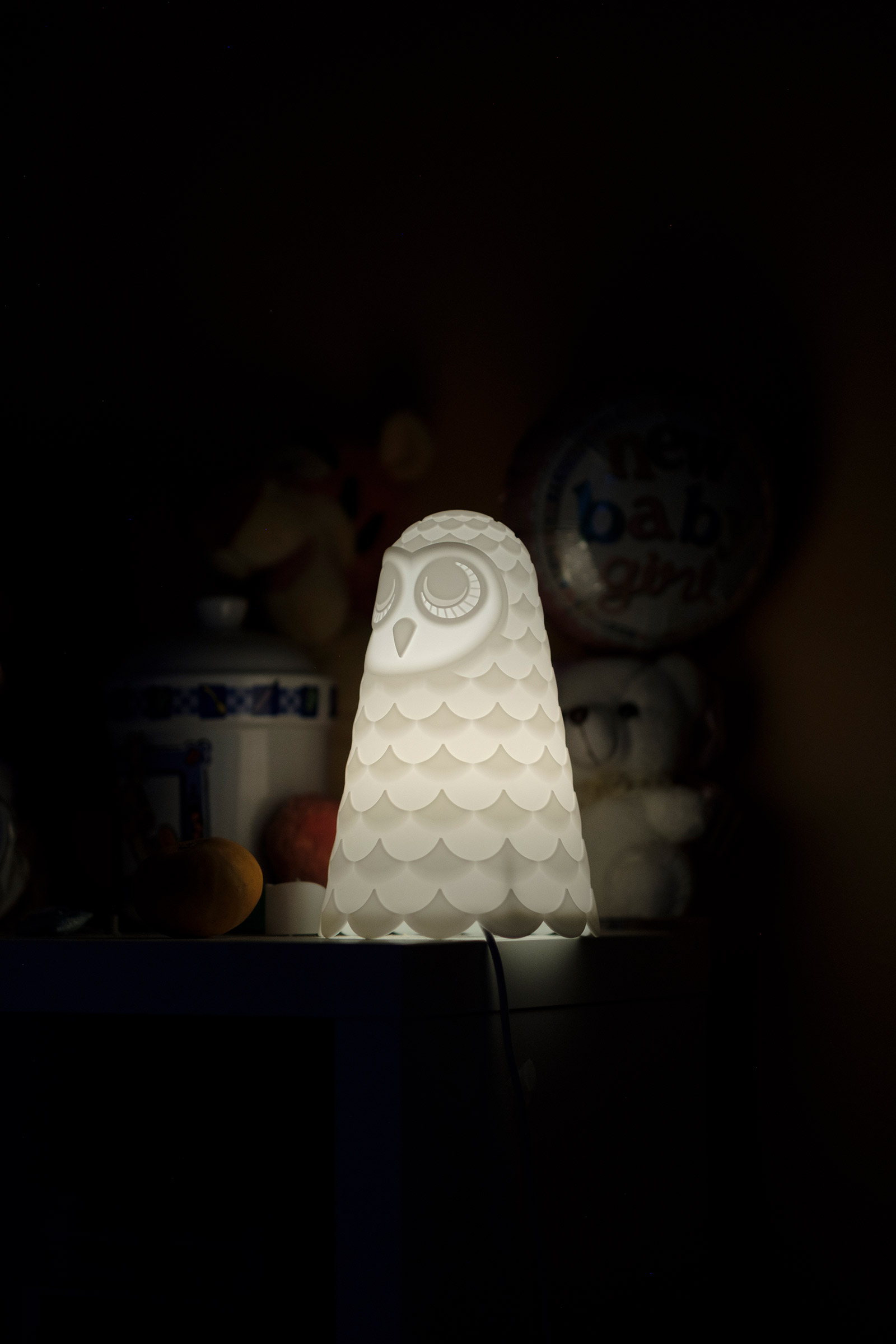
The Addison family was in some ways fortunate. Even with the loss of Martin, it remains intact. Elsie and Graeme appear happy and well-adjusted; Pamela is involved with her local church, where she got a referral for a counseling center to deal with her own grief, and around six months after Martin’s death, she started the Facebook group, which has since grown to 847 people.
“Sometimes the group does upset me a little bit,” Pamela confesses. “You know, remembering things that I try to sort of put on the back burner. But I do go on there several times a day just to kind of check in. The comments, everyone is so positive. It’s really wonderful.”
But plenty of families affected by COVID-19 weren’t starting from as secure a situation as the Addisons. Adverse childhood experiences (ACEs)—traumas like violence, suicide, poverty, physical or sexual abuse—can affect a child’s mental health in the same way underlying conditions affect physical health. In such a scenario, the loss of a parent or grandparent can cause a child’s fragile psyche to shatter.
“You have cumulative negative effects—insults that make you more vulnerable to later psychiatric disorders,” says Dr. Nora Volkow, director of the National Institute on Drug Abuse. Children with five or six ACEs, Volkow says, have a tenfold increase in their risk of substance abuse, for example, and parental death turbocharges that danger. “The loss of a parent is one of the events that has the highest emotional impact,” she says.
There are also longer-term dangers that face orphaned children. Over the course of the last two decades, the CDC has been investigating the epigenetics of childhood trauma—the process by which gene expression can be switched on or off depending on life experiences. Your genome itself might be fixed at birth, but the activity of those genes can be profoundly affected by adverse events, and that can mean an increased lifetime risk of all manner of diseases.
“As the number of adverse events the child is exposed to increases,” says Hillis, “the risk of every major cause of death in adulthood increases—cardiovascular disease, diabetes, cancer, chronic obstructive pulmonary disease, suicide. It’s just really shocking how related those adverse childhood experiences are to adult death.”
Older kids are better able than younger ones to process what has befallen their family when a parent is lost. Janice Koehne, 49, a paraprofessional worker in a local school district in New Jersey and part of Addison’s Facebook group, lost her husband Eric to COVID-19 last April after a two-month illness. Her daughter Kylie, 15, and son Colton, 13, were very much aware of what was unfolding throughout that period—and witnessed things they are unlikely ever to forget. For example, Kylie remembers one time when her father “came into my room in the middle of the night, turned on the lights and asked me if the dentist had been in the room.” (Janice believes Eric began to behave delusionally due to oxygen deprivation as he struggled to breathe late in his illness.)
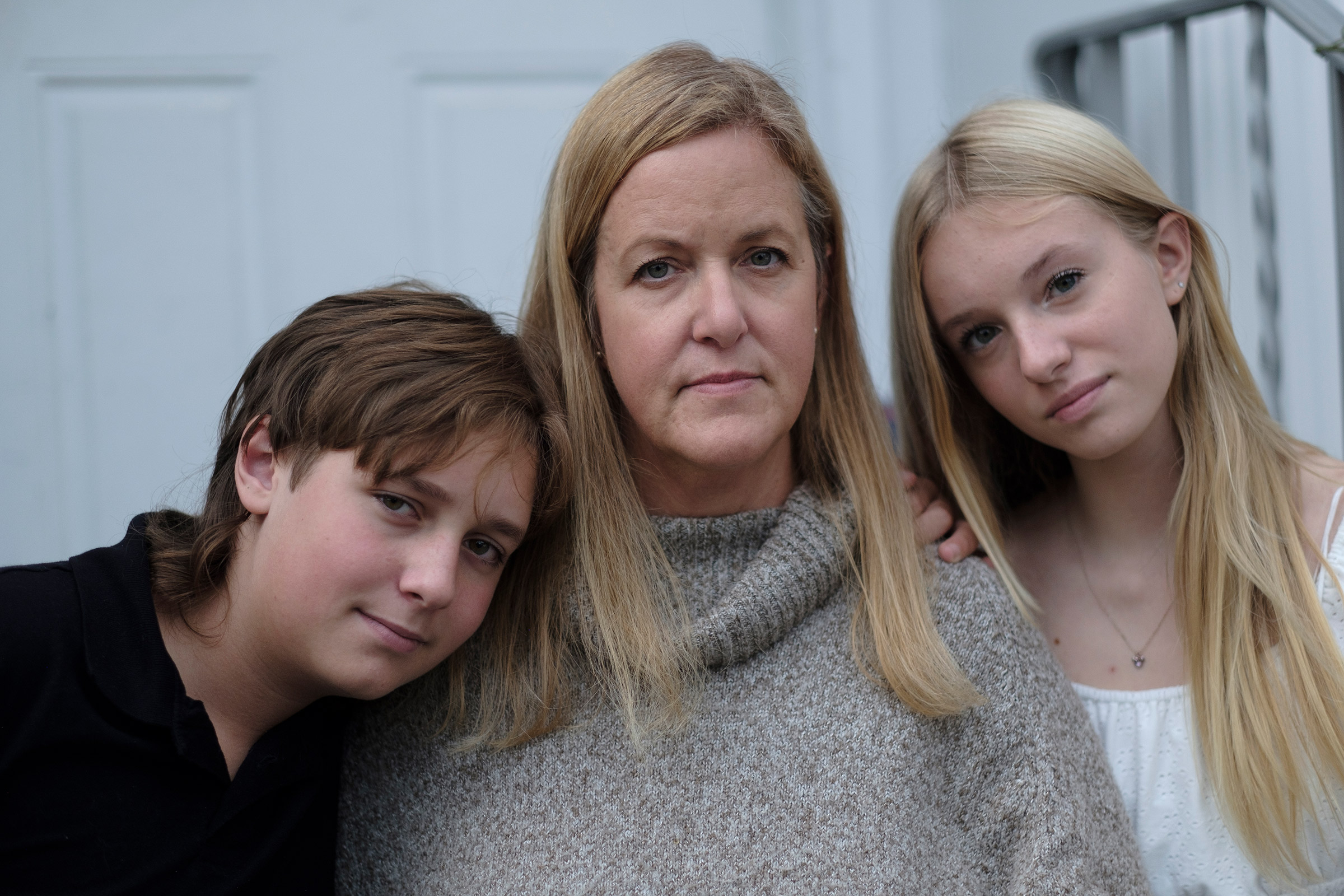
“And then one morning,” says Janice, “he woke Colton up, threw an ACE bandage to him and said, ‘Go wrap this around your head; Mom wants you to mow the lawn.’ Meanwhile there’s 2 feet of snow outside. We can laugh about this now.”
There is no laughing, however, at memories of Eric’s last moments at home when he collapsed from respiratory distress and Janice had to call 911 and perform CPR on him until the ambulance arrived. And there is nothing but pain over the memory of the day not long after, when Janice woke the children early in the morning to tell them their father had died in the hospital. Now, half a year on, the children seem to have made an uneasy peace with their acute loss.
“I was just in like a lot of disbelief at first,” Kylie says. “During school I was distracted and couldn’t really think about it, so it took me until summer before I finally came to terms with it.”
“I’ve been doing okay,” adds Colton. “When it first happened I kind of took it head on and faced it all.”

The fact that the two children have been able to maintain an inner equilibrium is a function of a lot of things—their otherwise intact family, the open manner in which the three surviving members can talk about what happened and, not least, that both Kylie and Colton have received therapy to help them cope with their loss.
“In bolstering a child’s resilience it’s critical that the child is surrounded by social and emotional support and that the needs they have are being addressed,” says Volkow. “There’s the sense of loss and the fear that it will happen again, that another parent will be lost. So these are very, very difficult things for a child to overcome.”
Making Peace With the Awful
Elsie Addision, Pamela’s daughter, still speaks often about missing her father; she misses playing with him, she misses having breakfast with him, she misses “his house”—which, never mind the fact that it’s her house too, is effectively a different place without him in it. “You know, she used to be a daddy’s-little-girl, and she lost her best buddy,” Pamela says. “It’s just been our life since April 2020.” But she has her baby brother and she has her Lady plush toy and she has her mother, who in turn has her church group and her Facebook group.
Adin James may still need his mom to spray Lysol in the bedroom, but he’s getting counseling, and if he cries more than he used to, he at least will give voice to his feelings; when he misses his father he’ll speak up and say so. Mia Ordoñez may be clingier and moodier than before her father died, but she has started first grade and is seeing a counselor and moving toward accepting a world that no longer includes her father.
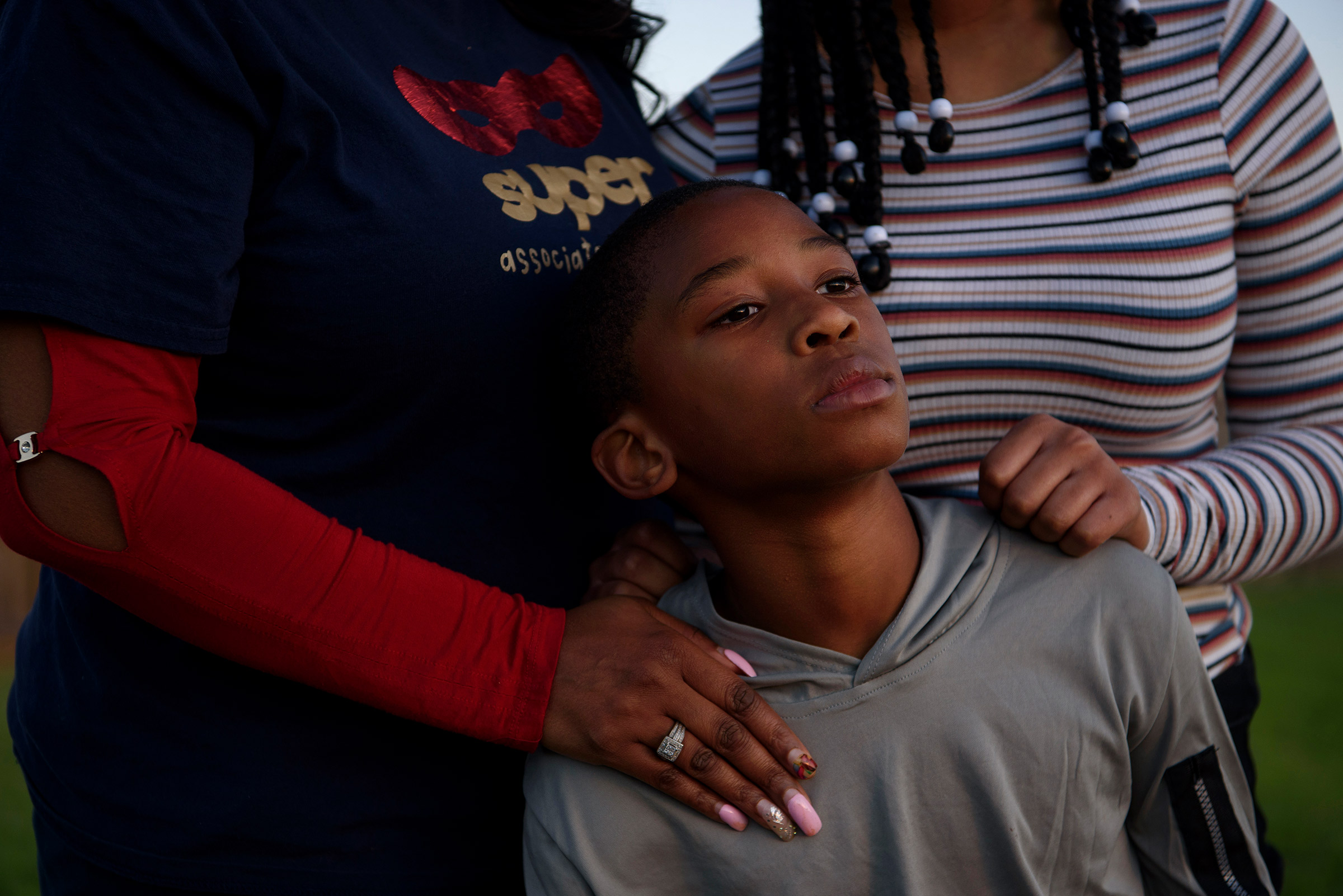
“She used to be a very goofy, playful, upbeat kid,” says Diana. “And I’ve seen more of it come out recently.”
Goofy in the face of grim, upbeat in the face of awful is a tribute to a child—any child—who has suffered the most primal loss that can hit a young person. There will be a lot more such kids called upon to face that devastation. The longer COVID-19 burns, the more parents it’s going to claim—and the more the population of pandemic orphans will grow. Children may be the one group hit least hard by the virus itself, but they’re also the one that pays the highest price in the loss of the grownups around whom their small and fragile worlds are supposed to orbit.
Correction: The original version of this story misstated Diana Ordoñez’s age. She is 35, not 37.
More Must-Reads From TIME
- The 100 Most Influential People of 2024
- The Revolution of Yulia Navalnaya
- 6 Compliments That Land Every Time
- What's the Deal With the Bitcoin Halving?
- If You're Dating Right Now , You're Brave: Column
- The AI That Could Heal a Divided Internet
- Fallout Is a Brilliant Model for the Future of Video Game Adaptations
- Want Weekly Recs on What to Watch, Read, and More? Sign Up for Worth Your Time
Write to Jeffrey Kluger at jeffrey.kluger@time.com